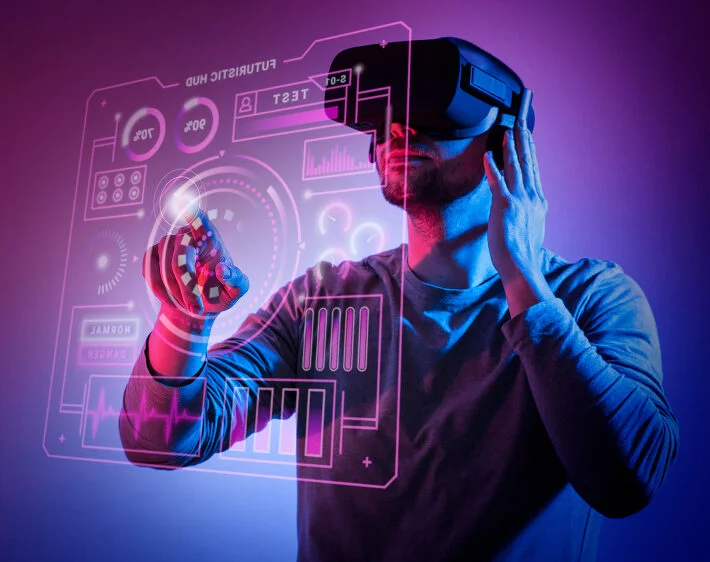E-Commerce Localization: The Ultimate Guide to Scaling Global E-Commerce with AW PTS
In the fast-paced world of digital retail, expanding beyond borders is no longer a luxury — it is a strategic necessity. However, entering international markets without proper localization can lead to confusion, poor user experience, and lost revenue. This is where E-commerce localization and translation becomes the backbone of successful global expansion.
With the rapid growth of global e-commerce, brands must adapt not just their language, but their entire shopping experience to meet cultural, linguistic, and behavioral expectations. AW PTS, a professional translation and localization services provider, helps e-commerce businesses bridge this gap with precision, strategy, and market intelligence.
What is E-Commerce Localization?
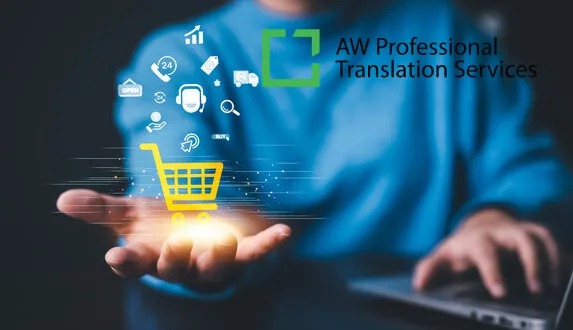
Through advanced e-commerce localization, AW PTS ensures that your online store feels native to every audience, increasing trust and driving conversions across global e-commerce platforms.
The Business Case for Localization in Global E-Commerce
The financial impact of proper localization is undeniable. Research consistently shows that customers prefer to shop on websites presented in their native language. In global e-commerce, localization directly influences purchasing decisions, customer loyalty, and brand credibility.
AW PTS helps businesses unlock new revenue streams by minimizing friction and maximizing relevance, making e-commerce localization a profitable investment rather than an operational expense.
Key business outcomes include:
- Increased international sales
- Higher conversion rates
- Reduced cart abandonment
- Stronger brand perception
- Improved customer retention
Learn Data-driven localization strategy
What Are the Benefits of E-Commerce Localization?
Implementing professional e-commerce localization provides measurable competitive advantages in international markets. By adapting content and user experience, brands eliminate language barriers and enhance customer confidence.
Major benefits include:
- Enhanced customer trust and engagement
- Improved user experience flow
- Greater market reach in global e-commerce
- Stronger emotional connection with audiences
- Consistent brand messaging across regions
AW PTS integrates linguistic accuracy with cultural intelligence to ensure every localized element aligns perfectly with market expectations.
Ecommerce Localization Best Practices
To achieve successful localization, businesses must follow structured best practices that align with both technical and cultural requirements.
Core practices include:
- Using native professional translators
- Adapting content culturally, not literally
- Optimizing product descriptions for local SEO
- Testing user interface functionality per region
- Ensuring payment and regulatory compliance
AW PTS follows industry-leading frameworks to deliver scalable e-commerce localization solutions that ensure accuracy, performance, and consistency.
Learn more about translation and localization process
Product Catalog Translation
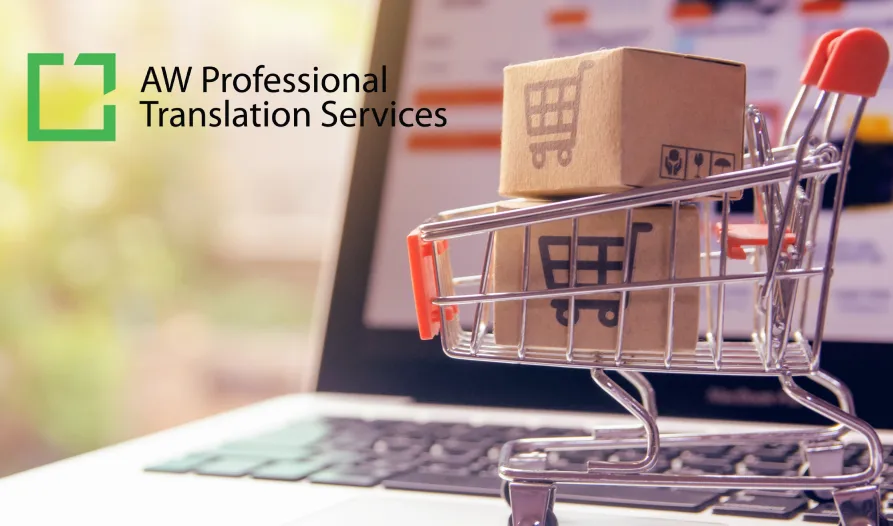
AW PTS ensures that product descriptions are optimized for both customers and search engines, supporting visibility across global e-commerce platforms while maintaining brand tone and clarity.
Elements localized include:
- Product names and specifications
- Descriptions and technical details
- Categories and filters
- Promotional content
- Legal disclaimers
Learn how we manage Quality assurance in localization
Payment and Shipping Localization
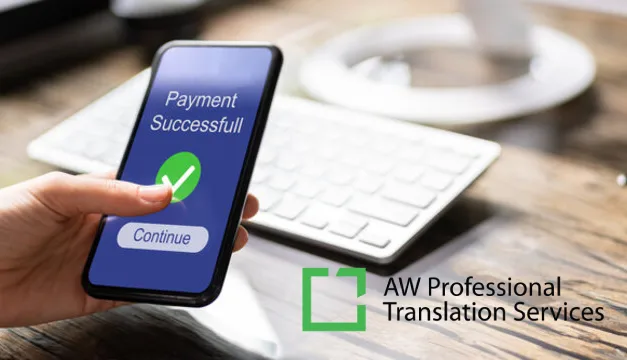
AW PTS supports localization for:
- Regional payment gateways
- Local currency and tax formats
- Shipping rules and delivery timelines
- Return and refund policies
- Checkout flow optimization
By aligning logistics with customer habits, e-commerce localization removes friction and builds trust at every touchpoint.
Customer Experience Optimization
A localized site must not only be understandable but also intuitive and seamless. Customer experience optimization ensures visitors feel comfortable navigating, browsing, and purchasing.
enhances customer journeys by:
- Simplifying navigation and layout adaptation
- Customizing UI/UX for regional behavior
- Improving content flow and cultural relevance
- Aligning tone with local communication preferences
This strategic approach strengthens relationships and boosts long-term loyalty in competitive global e-commerce environments.
SEO and Local Market Visibility in Online Marketplace
Search visibility is a cornerstone of e-commerce success. Without localized SEO, even the most refined store may struggle in international search engines.
AW PTS ensures e-commerce localization is optimized for:
- Local keyword targeting
- Regional search engine algorithms
- Culturally relevant content strategies
- Multilingual SEO structure
- Local marketplace optimization
This guarantees higher visibility, organic traffic growth, and improved positioning across global e-commerce platforms.
Why Choose AW PTS for E-Commerce Localization?
AW PTS stands as a trusted partner in translation and localization services, delivering tailored strategies for scalable international growth.
Key advantages include:
- Expertise in e-commerce localization
- Industry-specialized linguists
- Consistent multilingual workflow
- SEO-driven localization strategies
- Reliable delivery and support
Their comprehensive approach ensures that your brand scales globally with confidence and professionalism.
Frequently Asked Questions (FAQs)
What is e-commerce localization?
It is the process of adapting an online store to meet the language, cultural, and functional expectations of different markets.
How does localization impact global e-commerce growth?
It increases trust, improves engagement, and drives higher conversion rates across international markets.
Is e-commerce localization different from translation?
Yes, it includes cultural adaptation, UX optimization, and technical adjustments beyond just language conversion.
Can AW PTS localize large e-commerce platforms?
Yes, AW PTS handles scalable projects for businesses of all sizes.
How long does e-commerce localization take?
Timelines vary based on store size and complexity, but AW PTS ensures efficient delivery.
Does localization improve SEO performance?
Absolutely, localized SEO increases visibility and organic traffic in target markets.
How can I start a project with AW PTS?
You can contact AW PTS for a tailored consultation and personalized localization strategy.
Follow us on Linkedinfor more info
Final Thoughts
In a competitive digital economy, e-commerce localization is the key to unlocking international success. By aligning your brand with cultural preferences and regional expectations, you create meaningful connections that drive sales and sustainability.
With AW PTS as your strategic partner, your e-commerce platform transforms into a globally optimized, customer-centric marketplace that thrives in the evolving world of global e-commerce translation.
 AW HOLDING
AW HOLDING
 Tel: +971 24912220
Tel: +971 24912220
 sales@awprotranslations.com
sales@awprotranslations.com



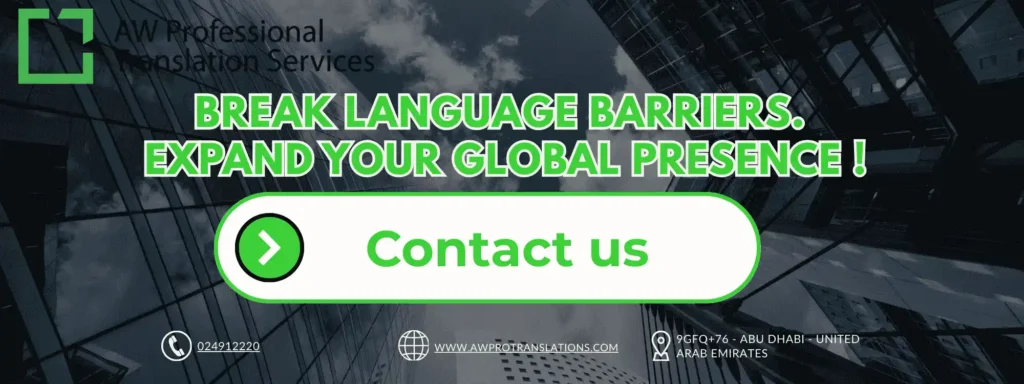
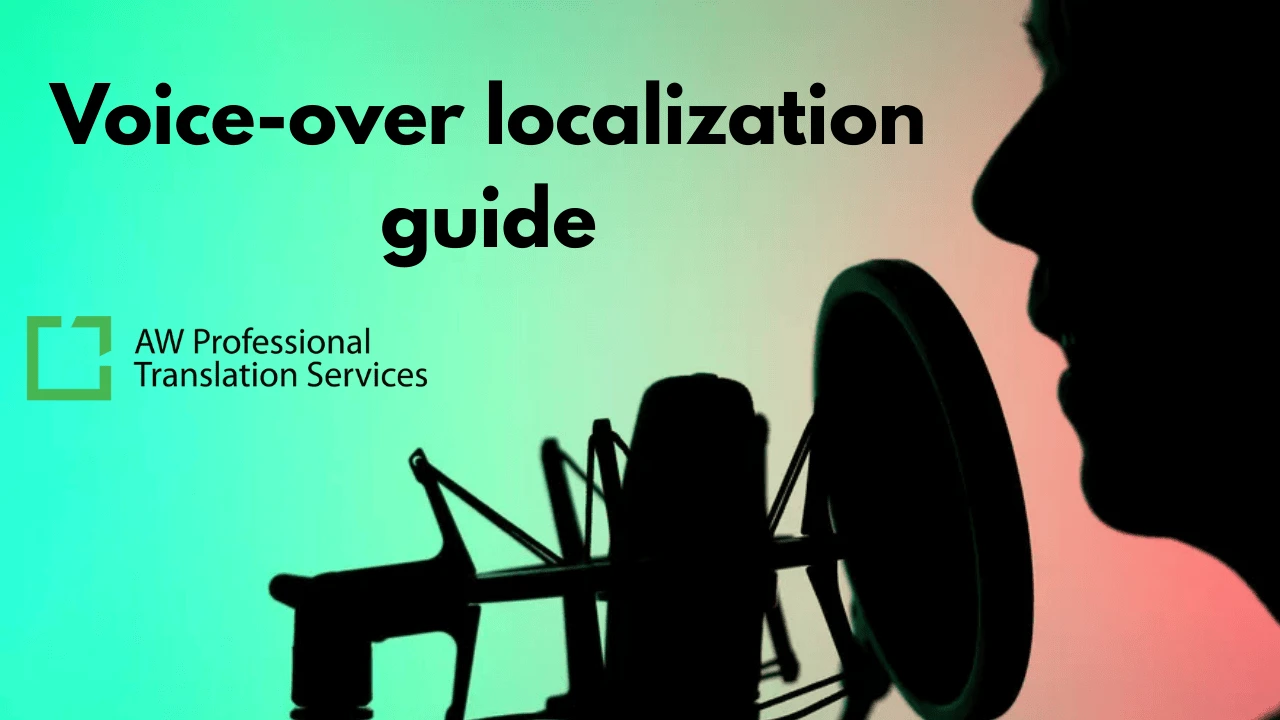

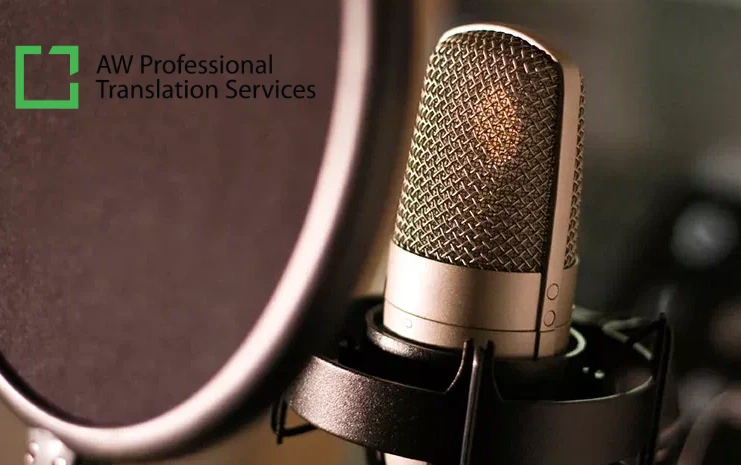 Voice-over localization covers a wide spectrum of services tailored to different industries and platforms. AW PTS offers specialized voice-over services for companies requiring multilingual gaming media services and corporate communication support.
Voice-over localization covers a wide spectrum of services tailored to different industries and platforms. AW PTS offers specialized voice-over services for companies requiring multilingual gaming media services and corporate communication support.
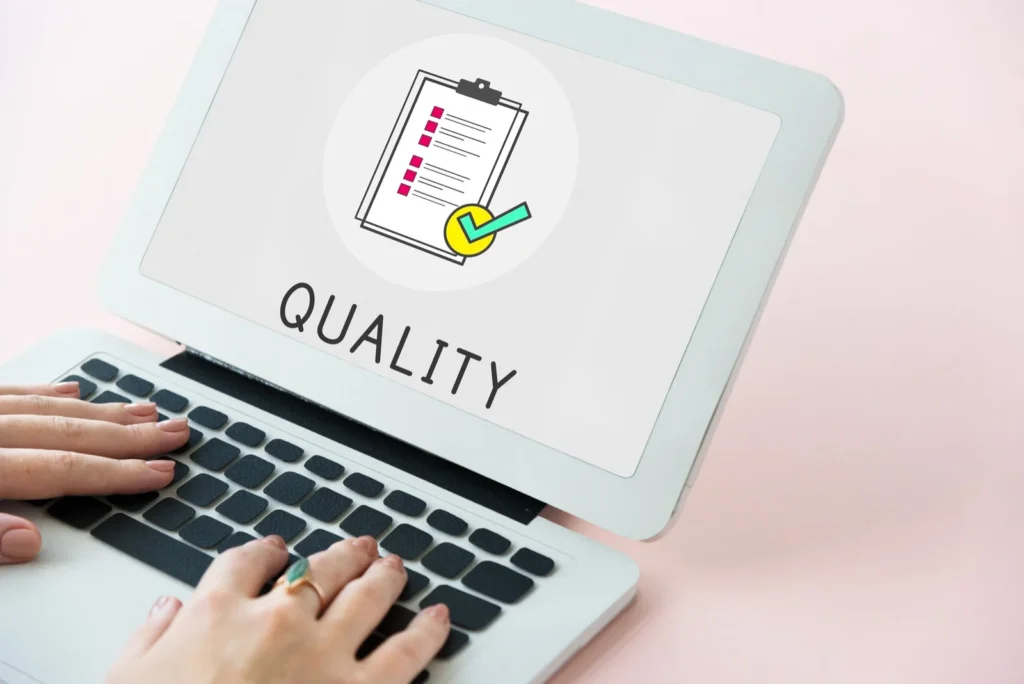
 Even the best AI can’t replace native intuition. Languages are complex, cultural, and fluid. That’s why human reviewers, especially native testers, are still essential to delivering truly localized experiences.
Even the best AI can’t replace native intuition. Languages are complex, cultural, and fluid. That’s why human reviewers, especially native testers, are still essential to delivering truly localized experiences.